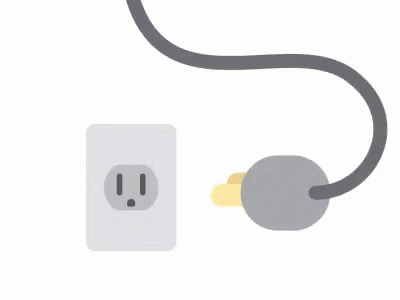When I first saw news on social media of a ranting man taking hostages at a Texas synagogue Saturday, I immediately clicked the link to an Associated Press report.
To my shock, I discovered that the standoff involved Congregation Beth Israel in Colleyville, Texas.
I first wrote about that suburban congregation nearly two decades ago when I covered religion for AP in Dallas.
In 2004, I did a national feature on “frequent-flier rabbis” filling a need at then-fledgling Congregation Beth Israel and other small Jewish congregations across the nation. That same year, I wrote about Anna Salton Eisen, one of the congregation’s founders, and her Holocaust survivor father, George Lucius Salton.
Just this past October — 17 years later — Eisen trusted me to tell her family’s story again. I wrote a follow-up piece for AP on a surprising “reunion” between Eisen and the children of several Holocaust survivors who were in concentration camps together.
“I started this synagogue with two other families and am heartbroken and fearful,” Eisen wrote on Facebook on Saturday. “What has become of the world?”
I shared her status on my page and asked my friends to pray for a peaceful end. I was so relieved when Rabbi Charlie Cytron-Walker and two other hostages escaped unharmed Saturday night. A fourth hostage was released earlier. The FBI hostage rescue team shot the gunman.










